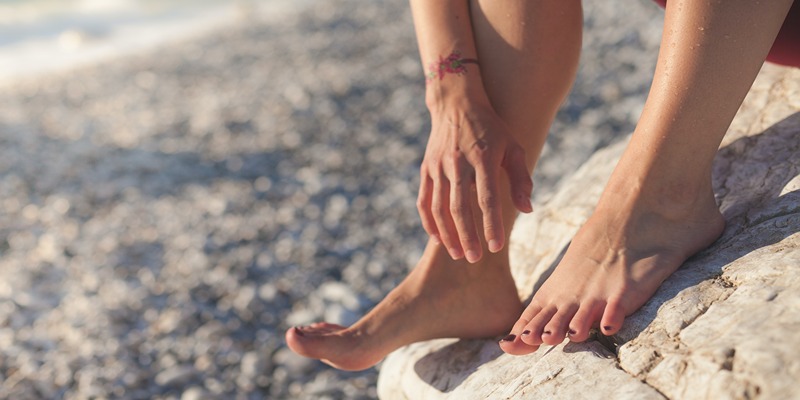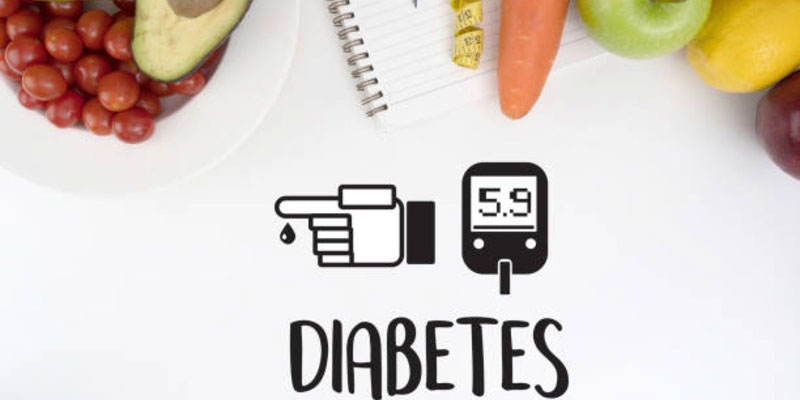
The importance of foot health is often disregarded, despite its significant significance. It is worth considering the act of exerting one's whole body weight via the lower extremities. The provision of transportation is undertaken by the aforementioned entity. However, a significant portion of individuals tend to disregard these matters until they manifest as challenges or obstacles. One prevalent issue that might be regarded as bothersome is the occurrence of broken heels. Not only are they aesthetically displeasing, but they also have the potential to induce significant discomfort. The primary objective of this article is to address the issue of cracked heels by offering effective treatment methods and preventive strategies. Continue reading to discover the definitive method to get soft and smooth feet.

The Underlying Causes of Cracked Heels
The occurrence of cracked heels may elicit a sense of perplexity, leading one to question the reasons for its manifestation. Gaining a comprehensive understanding of the underlying factors contributing to this issue will greatly facilitate the process of resolving it. The condition of dryness may lead to the development of rough and delicate skin on the heels.
The process of aging has the potential to exacerbate this condition. The act of walking barefoot or wearing open-back shoes results in the exposure of one's heels to the surrounding environment, hence elevating the probability of heel dryness and cracking. A potential underlying factor might be a medical condition, such as diabetes or eczema. Lastly, an increase in body weight exerts more pressure on the foot, perhaps leading to the occurrence of fractures and fissures. The individual is now equipped with a greater understanding, enabling them to tackle the challenge at hand.
Cracked Heels Healing: Rejuvenate Your Feet
Effective Moisturizers and Oils
There is no need for concern about the condition of cracked heels. Oils and moisturizers are very beneficial products. Creams that include high levels of urea, Shea butter, or lanolin provide profound moisturization, effectively alleviating rough skin texture. Both coconut oil and olive oil deserve appreciation as well. These naturally occurring oils penetrate the dermal layers to provide hydration and facilitate the process of tissue repair. It is recommended to use the product on a nightly basis, particularly in conjunction with the use of socks to retain the moisture.
Professional Treatments
For expedited outcomes, it is advisable to go for professional interventions. Pedicures serve to not only improve aesthetic appeal, but also effectively eliminate dry and flaky skin. The exceptional level of moisture offered by moisturizing treatments of medical quality is often attributed to the incorporation of compounds such as hyaluronic acid. Podiatrists may use laser treatment or prescribe specialist ointments to expedite the process of wound healing. There are discernible benefits associated with these alternate options.

Home Remedies That Work
Natural remedies have a significant role in healthcare. The use of an Epsom salt foot bath has the potential to facilitate the detachment of deceased epidermal cells from the surface of the feet. The acidic nature of apple cider vinegar might perhaps serve as a gentle exfoliant. The use of a foot mask consisting of bananas and avocados has the potential to effectively retain moisture. Regular usage of these treatments has been shown to be effective, inexpensive, and dependable. Incorporate the following elements into your skincare routine in order to maintain long-lasting skin softness.
Cracked Heels Prevention: Keep Your Feet Smooth
Proper Footwear Choices
It is noteworthy that the choice of footwear significantly impacts the overall health of one's heels. While flip-flops and other open-back shoes may possess a certain level of trendiness, their safety is questionable. Furthermore, they expose your heels to the elements. Select a pair of shoes that include a sturdy sole and a well-defined heel cup. It is advisable to ensure that one's footwear is both comfortable and adequately sized, avoiding excessive tightness. Materials that facilitate the circulation of air, such as leather, might potentially contribute to the well-being of one's feet.
Diet and Hydration
The consumption of food and beverages may have significant effects on many parts of the body, extending from the oral cavity to the lower extremities. The consumption of foods rich in essential fatty acids, Vitamin E, and zinc might potentially decrease the probability of developing dry skin. Equally crucial is the maintenance of proper hydration. Adequate hydration reduces the probability of skin dehydration and subsequent skin barrier impairment. In order to maintain proper hydration, it is advisable to include water-rich foods such as watermelon and cucumber into one's diet, in addition to regular water consumption.
Regular Maintenance
Consistency leads to the most optimal results. It is recommended to apply moisturizer to the feet on a daily basis, with special emphasis on post-bath or post-shower application, since this is when the pores are most susceptible to the absorption of moisture. Regular exfoliation aids in the prevention of skin cracking by effectively eliminating the build-up of deceased epidermal cells. The maintenance of moisture equilibrium is further helped via the regular practice of weekly foot soaks. It is advisable to establish a foot care package as a means of consistently reminding oneself to attend to the well-being of one's feet.
Heel Care Tips for Lifelong Soft Feet
The Don'ts: Common Mistakes to Avoid
Let us start by discussing many prevalent mistakes that one should strive to avoid. One of the most detrimental actions to do is to neglect the use of foot moisturizer. It is advisable to refrain from using too abrasive soaps, since they have the potential to eliminate the protecting oils present on the skin. Excessive scrubbing has the potential to worsen the issue by perhaps enlarging the pre-existing fractures. Having knowledge of these mistakes enables one to prevent their occurrence.
Lifestyle Choices that Make a Difference
One crucial determinant is the nature of an individual's lifestyle. Regular exercise may lead to enhanced circulation, which in turn can have positive effects on the well-being of your feet. Lowered concentrations of the stress hormone cortisol have the potential to provide assistance to those with dermatological issues. Adequate sleep has the potential to decrease the likelihood of having cracked heels. Exercising sound judgment in the present will provide long-term benefits.
Best Practices for Foot Care
By adhering to appropriate procedures, one may get consistently cushioned soles. Regular use of moisturizer, utilization of moisture-wicking socks, and refraining from going barefoot on uneven terrain are all beneficial strategies. Maintaining a proper nail length is beneficial for the well-being of your heels. If one wants to provide their feet with a bedtime routine that bestows upon them a regal treatment, it is advisable to get a foot scrub of superior quality along with moisturizing socks.
Conclusion
This article offers an extensive account of foot care, including many aspects such as the etiology of cracked heels and a wide range of available solutions, including effective moisturizers and professional interventions. The significance of prevention is equivalent to that of therapy, including practices such as wearing appropriate footwear, adhering to a nutritious diet, and keeping a consistent routine. Given the available knowledge, the time has arrived to take appropriate measures. Revise your existing foot care routines and go on a promising trajectory towards incorporating wearable and stylish high-heeled footwear.



